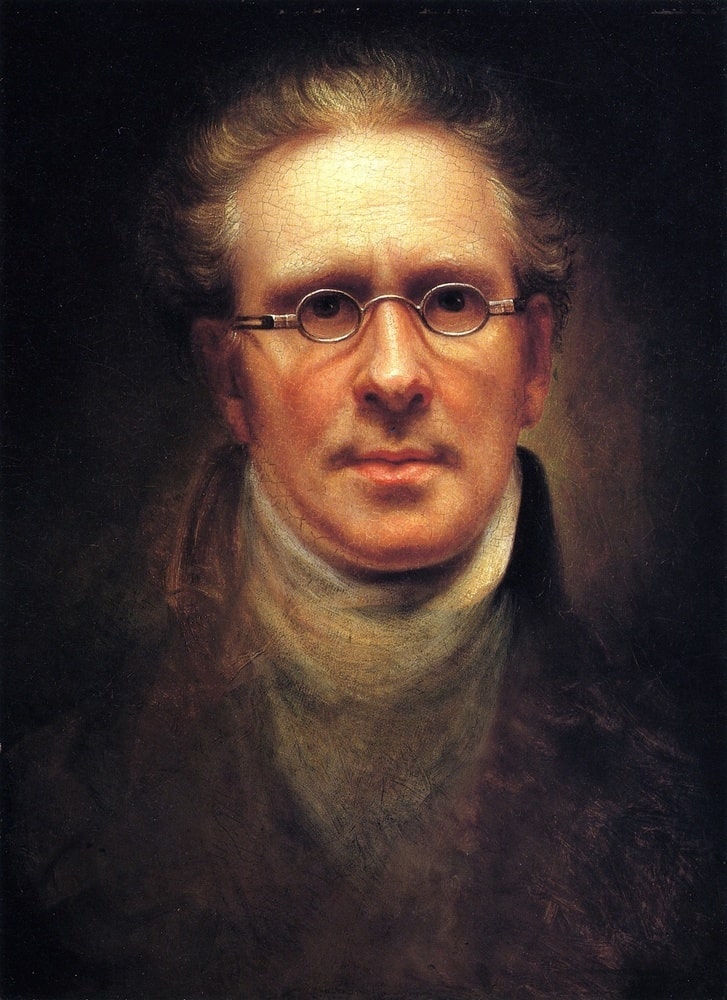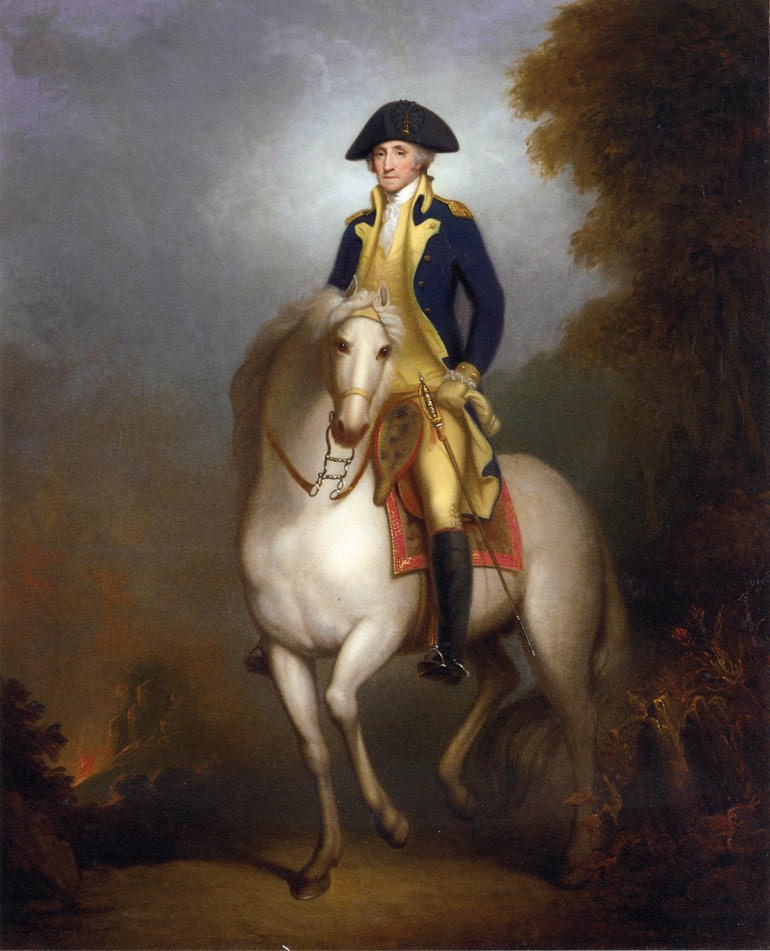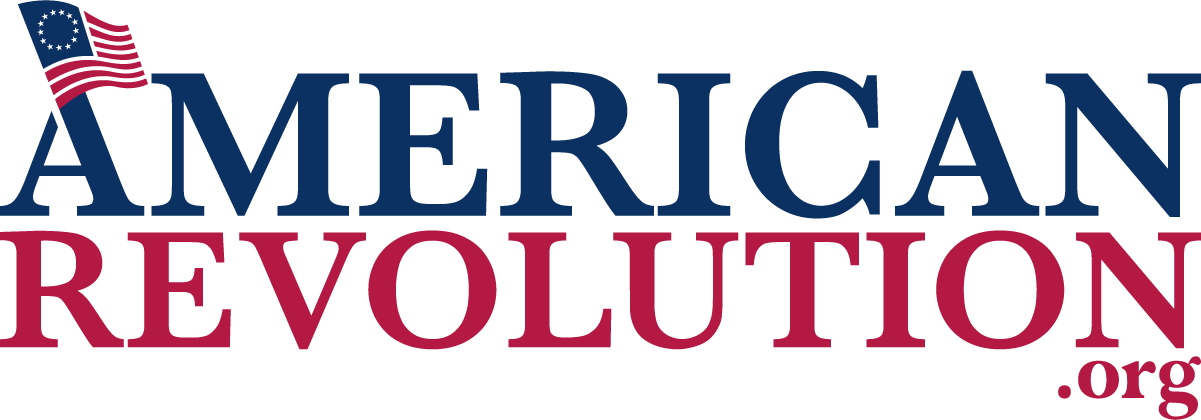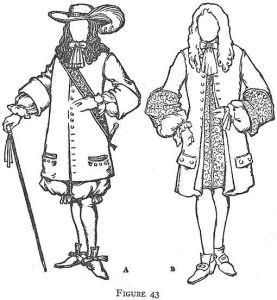Contents

Contents
Quick facts
- Born: 22 February 1778 in Bucks County, Pennsylvania.
- Rembrandt Peale was an American artist and one of the most celebrated portrait painters of his era, known for his portraits of prominent figures in American history.
- He was a member of the Peale family, a prominent family of American artists, and the son of Charles Willson Peale, another renowned painter of the time.
- One of his most famous works is a portrait of George Washington, known as “Porthole Portrait,” which he painted in 1823 and gained significant popularity.
- Peale founded the Peale Museum in Baltimore, which was one of the first major museums in the United States and included works of art, scientific specimens, and historical artifacts.
- He was also known for his painting of “The Court of Death,” which was exhibited widely and received significant acclaim during his lifetime.
- Died: 3 October 1860 in Philadelphia, Pennsylvania.
- Buried at The Woodlands in Philadelphia.
Biography
Rembrandt Peale, American painter, scion of artists, and son of Charles Willson Peale, was born in Bucks county, Pennsylvania in 1778. He studied under his father, under Benjamin West in London (1802 – 03), and for two years in Paris (1807 – 09).
As early as 1795 he had begun an artistic career with a life portrait of Washington. From this portrait he created a number of copies; he also used it as the starting point for his famous Patriae Pater, purchased by the United States government in 1832, and now in the Senate of the U.S. Capitol.
Peale succeeded John Trumbull as president of the American Academy of Fine Arts (founded in 1802 as the New York Academy of Fine Arts), and he was one of the original members of the National Academy of Design. He wrote several books, among them Notes on Italy (1831) and Reminiscences of Art and Artists (1845). In 1843 he devised a system of teaching drawing and penmanship for Philadelphia public schools.
Peale was one of the first of American lithographers. He was an excellent draftsman, but in color his work cannot rank with that of his father.
His portraits include those of President Jefferson, Chief Justice John Marshall, French sculptor Jean-Antoine Houdon, and an Equestrian Portrait of George Washington.

He died in Philadelphia in 1860.


